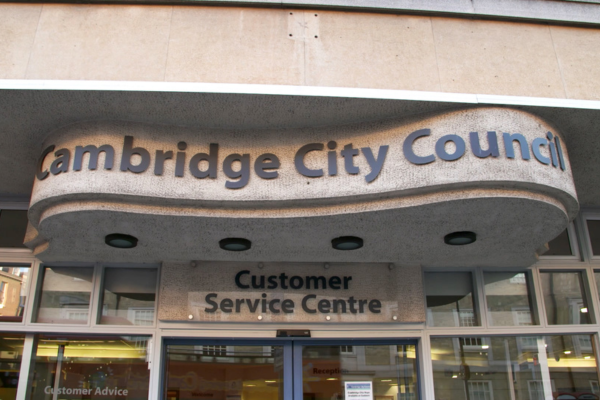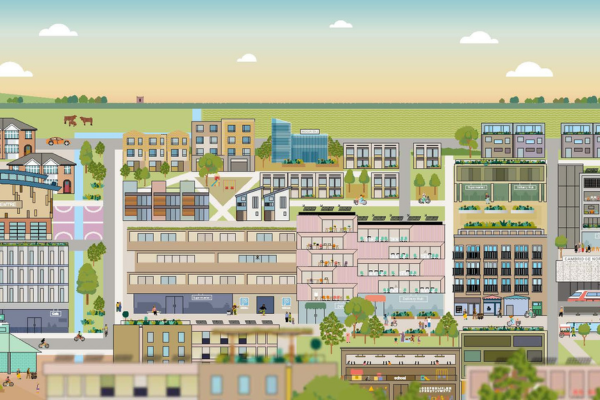Many shared path facilities are there because cyclists have campaigned for them, including the Jubilee path across Stourbridge Common.
The high number of cyclists in Cambridge means busier paths, but shared paths offer benefits including:
- a sense of safety in numbers on isolated routes
- alternatives to busy roads and junctions
- routes that children and less confident cyclists can use
- further reducing Cambridge's traffic congestion and carbon footprint.
Be safe on shared paths
Cyclists and pedestrians need safe and attractive routes around the city. However, conflicts do occur and pedestrians can be left feeling vulnerable - especially the elderly and visually impaired - when cyclists speed close by without warning.
The message from pedestrians who feel intimidated by cyclists can have an effect on local decisions about cycle access. It is up to cyclists to behave appropriately and make sure facilities remain open to them.
Techniques, skills and common sense
As a cyclist you cannot always expect to use shared paths for high-speed travel - different skills and techniques are needed from road cycling:
- Do not cycle on pavements that are not marked as shared use
- Always give priority to pedestrians
Never speed past pedestrians, especially from behind - Always be ready to slow right down and make sure you can stop if anyone unexpectedly moves sideways - children and dogs are particularly unpredictable
- Use your bell or a friendly voice to let pedestrians know you are there but remember that they may not step the right way and that some may not be able to hear you
- Slow down near blind spots like bends, entrances and trees
- When passing oncoming cyclists it is normal to pass on the left
- Be polite, say thanks if a pedestrian moves for you, especially on a narrow path
- As a pedestrian its usually safest to assume that cyclists will make their way around you if there is space, so avoid making sudden movements or change in direction as much as possible



